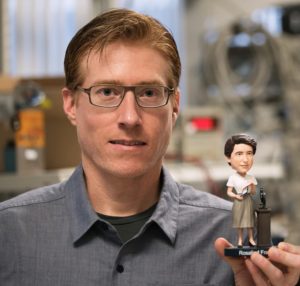The Intel Neuromorphic Research Community (INRC) created by Intel to support its Loihi chip has now its first corporate members: Accenture, Airbus, GE and Hitachi. These four companies are planning to explore the potential of neuromorphic technology in a wide range of applications: Accenture Labs is interested in specialized computing and heterogenous hardware for use cases such as smart vehicle interaction, distributed infrastructure monitoring and speech recognition; Airbus, in collaboration with Cardiff University, is looking to advance its existing in-house developed automated malware detection technology, leveraging Loihi’s low-power consumption for constant monitoring; GE will focus on online learning at the edge of the industrial network to enable adaptive controls, autonomous inspection and new capabilities such as real-time inline compression for data storage; Hitachi plans to use Loihi’s potential to recognize and understand the time series data of many high-resolution cameras and sensors quickly. The Intel Neuromorphic Research Community has tripled in size over the past year; members are now more than 75, mostly universities, government labs, neuromorphic start-up companies. These organizations have developed the basic tools, algorithms and methods needed to make Intel’s neuromorphic technology useful in real-world applications. Community members have published several papers on academic and scientific journals; some of these works can be accessed from the INRC website. Now Intel is building on this basic research to win the interest of large corporations. “We are now encouraging commercially-oriented groups to join the community”, said Mike Davies, director of Intel’s Neuromorphic Computing Lab, in the announcement’s press release.

EDACafe Editorial







